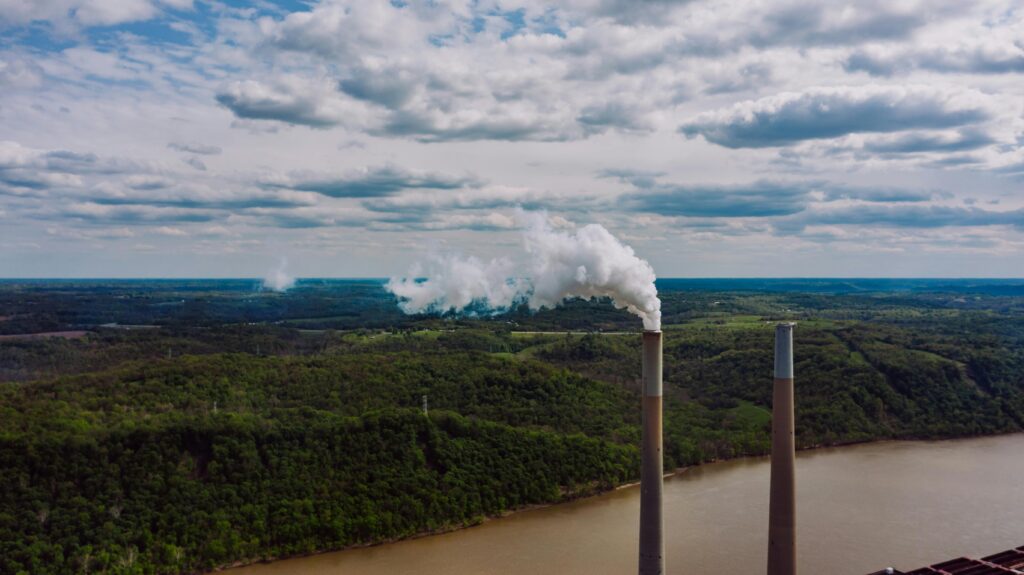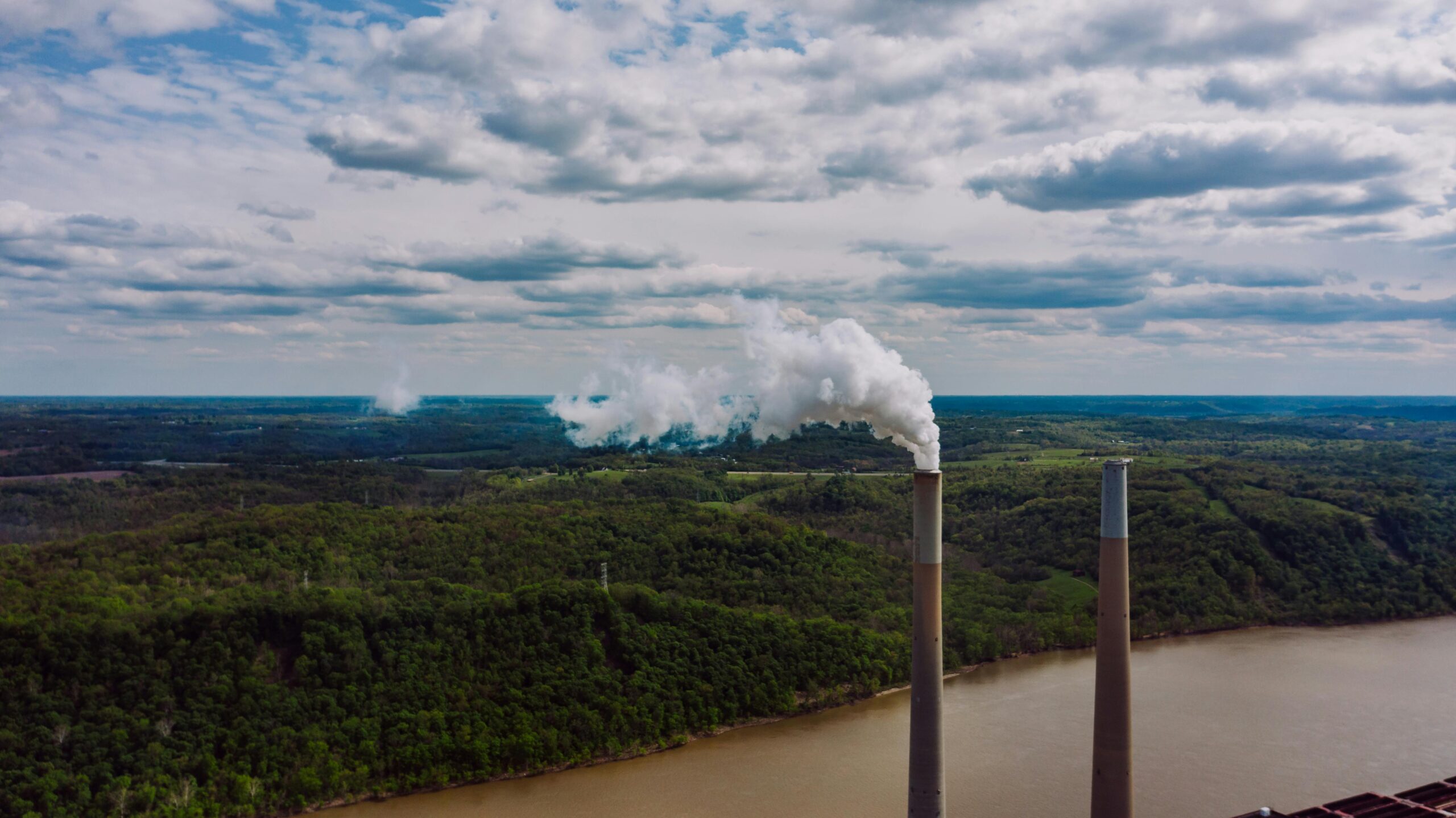Greenhouse gases (GHGs) are silently threatening the health and future of Kenyans with many unaware of the imminent dangers. The increase in these gases (primarily carbon dioxide, methane and nitrous oxide) is linked to various human activities and their impact is becoming increasingly evident across the nation.
The Silent Threat: What Are Greenhouse Gases?
Greenhouse gases trap heat in the Earth’s atmosphere, leading to global warming and climate change. In Kenya, the main contributors include deforestation, agricultural practices, and emissions from industrial activities. According to the United Nations Environment Programme (UNEP), the rise in GHGs significantly contributes to extreme weather patterns, adversely affecting food security, health, and livelihoods.
Health Impacts of Greenhouse Gases
Kenyans face severe health risks due to GHG emissions. The National Environment Management Authority (NEMA) has reported that air pollution, exacerbated by greenhouse gases, leads to respiratory diseases, cardiovascular problems, and even premature deaths. A study by the World Health Organization (WHO) indicates that outdoor air pollution in urban areas is a leading cause of health issues, particularly among vulnerable populations such as children and older people.
Rising Temperatures and Public Health
The increasing temperatures caused by climate change result in heatwaves, which can lead to heat-related illnesses. In 2020, Nairobi recorded an average temperature rise, impacting public health systems. The changing climate also fosters the spread of vector-borne diseases, such as malaria and dengue fever, as mosquitoes thrive in warmer conditions.

Environmental Changes and Their Effects
The consequences of greenhouse gases extend beyond health. UNEP highlights that climate change threatens Kenya’s rich biodiversity, affecting ecosystems and wildlife. Deforestation for agriculture and urbanization contributes to habitat loss, putting numerous species at risk.
Water Scarcity and Food Insecurity
Kenya is already grappling with water scarcity, worsened by changing rainfall patterns. Greenhouse gases contribute to unpredictable weather, leading to droughts and floods. The Food and Agriculture Organization (FAO) warns that food production is at risk, exacerbating hunger and malnutrition. With over 20% of Kenyans already facing food insecurity, the situation is critical.
Mitigation Efforts and Community Awareness
Despite the looming threats, there is hope. The Kenyan government, with guidance from organizations like UNEP and NEMA, is implementing strategies to reduce greenhouse gas emissions. These include promoting renewable energy, reforestation projects, and sustainable agricultural practices.
Empowering Communities
Raising awareness about the dangers of greenhouse gases is crucial. Local communities must understand the impact of their activities and adopt sustainable practices. Educational programs can empower individuals to reduce their carbon footprint through energy conservation, waste management, and supporting sustainable agriculture.
A Call to Action
Greenhouse gases are indeed killing Kenyans without their knowledge, affecting health, environment, and livelihoods. It is essential for the government, communities, and individuals to recognize these dangers and take action. By supporting policies aimed at reducing emissions and promoting sustainable practices, Kenyans can protect their health and ensure a sustainable future. Awareness is the first step toward combating this silent threat and fostering a healthier environment for all.

